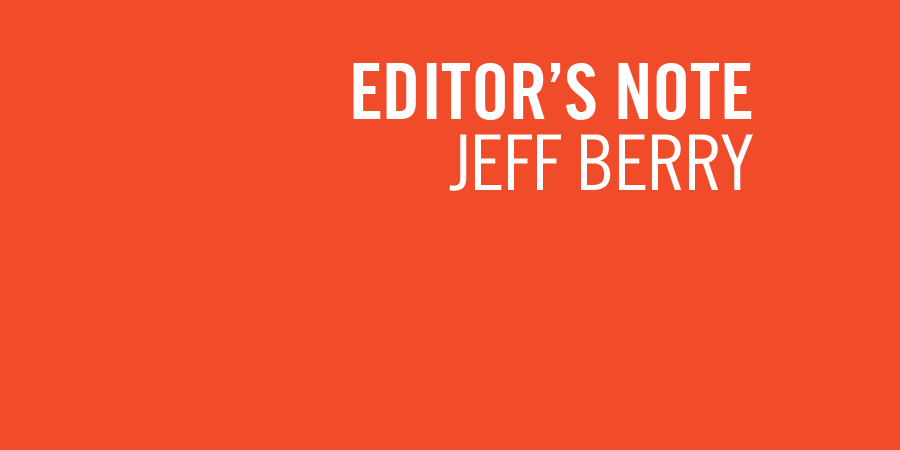

I have to be candid, whenever I’m sitting in a presentation and I hear the term HIV Treatment Cascade, my mind begins to wander and I start to think about waterfalls and TLC. Not the sexiest of terms, mind you, and the subject can tend to be a tad dry. But it’s hugely important in the context of HIV medical care and ending the epidemic.
Just as there are five stages of grief (denial, anger, bargaining, depression, and acceptance), there are four or five stages along the HIV Treatment Cascade or HIV Care Continuum, depending on which model you use. The concept was first introduced in a 2011 paper by Dr. Edwin Gardner and colleagues, showing the five different stages of medical care that people living with HIV go through, from being diagnosed to achieving an undetectable viral load, and the percentage of people living with HIV in the U.S. that are engaged at each stage.
Why is this important? With around 50,000 new infections in the U.S. each year for the last decade or so, we need to understand why that figure has remained constant in order to reverse the trend. Understanding the HIV care continuum and applying it in real life situations helps us do that.
We now have simplified, one pill, once-a-day regimens for many people that have few or no side effects—shouldn’t that be enough? Well it turns out, it’s not. We can have the best medications available, but if people aren’t using them or taking them every day as prescribed, then it doesn’t really matter how good they are.
Once a person is diagnosed as HIV-positive, getting them referred into care, and keeping them there, has proven to be a big challenge. According to the latest data from the CDC, of the 1.2 million people living with HIV in the U.S. in 2011, 40 percent were engaged in HIV medical care, 37 percent were prescribed ART, and 30 percent had achieved viral suppression. In other words, only 3 out of 10 people living with HIV had their virus under control.

Now that we’ve heard these numbers repeatedly the last few years and they’ve been sufficiently drummed into our heads, a recent study suggests that we’ve actually been overestimating the number of people living with HIV in the U.S. (more like 820,000), and underestimating those who are in care (72 percent), on treatment (68 percent), and virally suppressed (55 percent). Whatever the exact numbers are, it’s clear we still have work to do.
This issue of POSITIVELY AWARE looks at one point along the care continuum, engagement in care (also known as linkage to and retention in care). Chris Nguyen, PharmD, looks at what some people are saying about what’s keeping them from accessing their health care; Kathleen Jacobs-McLoyd, RN, BSN, discusses several success stories at one clinic in Chicago; and Drew Gibson tells a fascinating story, “magical thinking in HIV,” and how unrealistic thoughts keep some people with HIV away from medical care in the first place.
As I write this, I feel the need to acknowledge the fact that I have come from a place of privilege, in that I have had unfettered access to quality health care my entire life. That didn’t stop me from getting HIV, but it certainly played a crucial role in my survival, and provided me with options that many others may not get, such as the ability to choose a preferred care provider. That is just not the reality for many people living with HIV who may be living in poverty, or are disenfranchised from the medical establishment, or who lack the ability to access culturally competent care.
The Affordable Care Act (ACA) ensured that one can no longer be denied medical coverage due to a pre-existing condition, which has allowed millions to get insurance who previously had none, but spiraling costs, escalating premiums, and tiered formularies are just some of the many barriers that have popped up since the ACA was enacted, and have become the new pre-existing conditions. We need to work to ensure that everyone has the same access to quality, affordable health care, to one day hopefully eliminate the cascade, and transform it into the HIV treatment plateau.
Take care of yourself, and each other.


